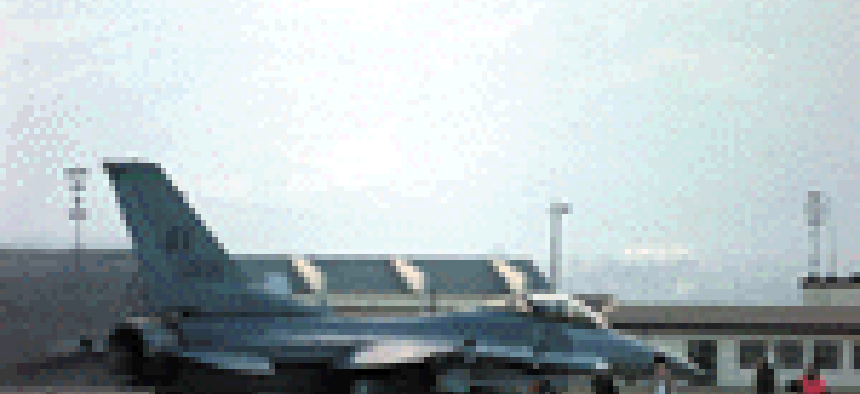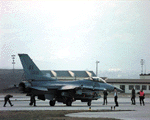High-flying solution

Aircraft support personnel in the Air Force soon can browse through 16 million pages of technical manuals tagged in extensible markup language.
Aircraft support personnel in the Air Force soon can browse through 16 million pages of technical manuals tagged in extensible markup language.They'll use the Air Force Common Viewer, under development by the Air Force Materiel Systems Group. The service wanted an efficient document viewer with a standardized look and feel, said Steve Holloway, common viewer project manager in the group's Business Information Systems Program Office at Wright-Patterson Air Force Base, Ohio.Users will be depot workers, logistics officials, pilots, crews, support providers and mission planners throughout the Air Force. They will mine a single database for many different weapons systems' technical manuals, said Bruce Watson, the project manager at subcontractor Veridian Corp. of Arlington, Va.Holloway said his group requested proposals for a system that could publish data through a browser. Contractor TRW Inc. of Cleveland chose Veridian's viewer incorporating TextML, a native XML database manager from Ixiasoft Corp. of Outremont, Quebec.Although the group didn't specify XML use, the TRW proposal won because it was "easier to support and would provide us the most flexibility in the future," Holloway said.One of the first Air Force systems to go live with the viewer will be the F-16 program, Holloway said. Digitization of the fighter's technical documents was already under way before the common viewer project began."We're trying to make sure that our schedule will support the development and distribution of [F-16] data," Holloway said. "They're one of the first programs, but they are by no means the only program."Eventually the viewer will have 1.4 million document pages just for the F-16, said Scott Crawford, senior developer for Veridian.The F-16 technical manual consists of several thousand books that describe in detail the engines, avionics, environmental control systems, electronics and testing equipment for the single-seat jet. "Just the parts manual is huge," Holloway said.The F-16 is one of the more complex aircraft in the Air Force arsenal, dating back to the 1970s, and the basic aircraft has undergone many upgrades. The core manual must track those changes and any modifications made for foreign countries that purchase F-16s from the Air Force.The mutability of such weapons systems manuals is one of the main reasons why the Air Force wants to decrease its dependence on paper publishing, Holloway said. Routine revisions take about 45 days to show up in a printed manual."Once we start deploying the viewer in a client-server environment, we'll cut that down to minutes," Holloway said.The manuals already are tagged in standard generalized markup language, which is more useful for print publishing than for Web distribution. The common viewer will run the SGML documents through XML document type definitions to create pages that technicians can view through any browser that reads XML.The viewer validates the XML code, calculates sizes of document components, collects lists of figures and annotations, and mines metadata tags for search and retrieval, Watson said.Although the Air Force will still print paper when it's required, the service is aiming for print-on-demand only, Holloway said. His group is testing and debugging the viewer on a standalone computer. Client-server trials will follow.A few weapons systems groups have already converted their manuals to Adobe Portable Document Format for viewing with the Adobe Acrobat Reader browser plug-in, Holloway said. The common viewer, however, won't require any plug-ins.Users won't need to know anything about the underlying data structures, Watson said.


The Air Force is converting many of its technical manuals to XML, including those for the F-16 fighter, shown here at Aviano Air Base, Italy.
Air Force photo by Senior Airman Jeffrey Allen
NEXT STORY: On the Edge: News briefs

